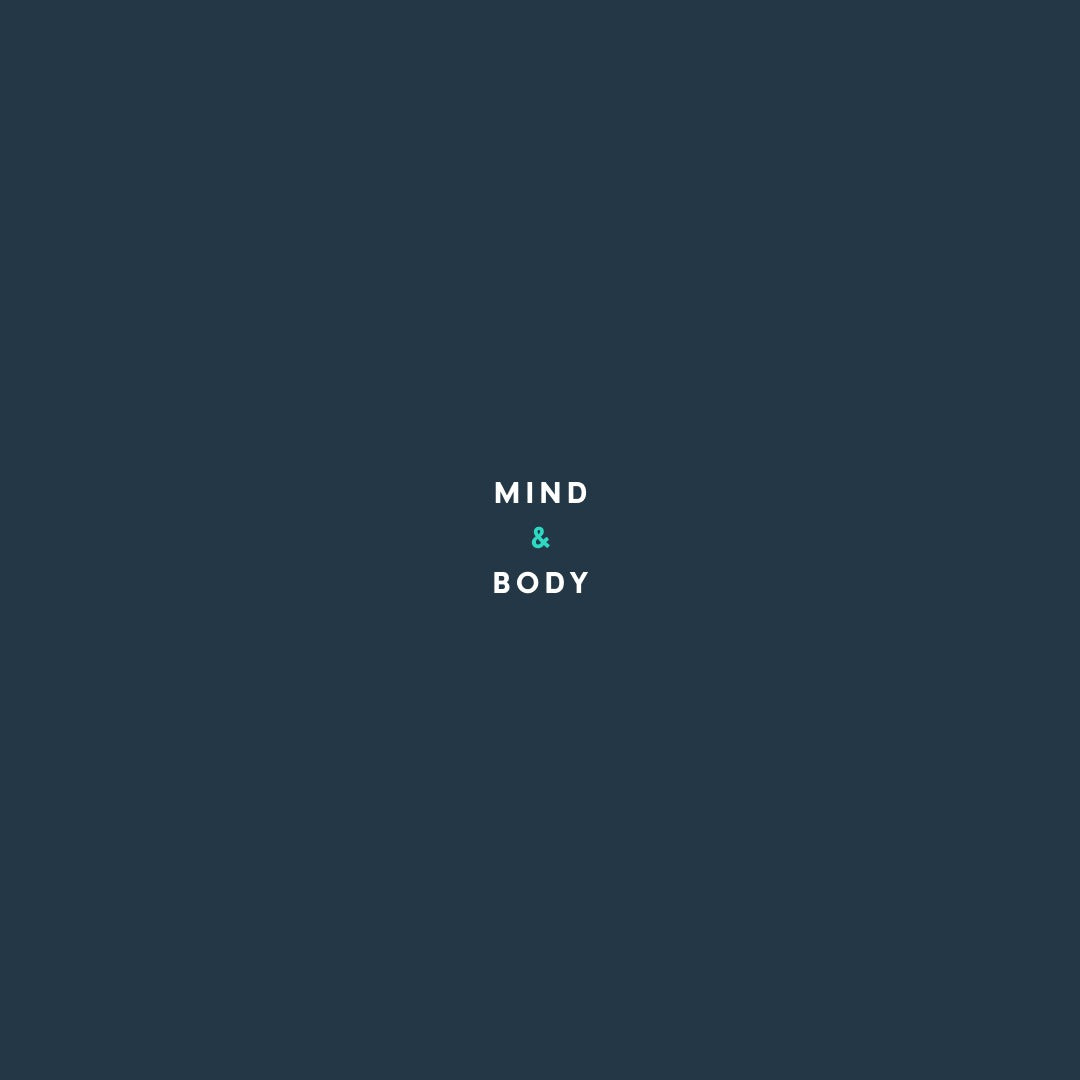
Visualize This: The Mind-Blowing Power of Mental Imagery for Athletes
As an athlete, you know that physical training is essential for improving your performance. But have you ever considered the power of mental training? The mind is a powerful tool that can be used to enhance physical performance. One technique that has been gaining popularity among athletes is mental visualization.
Mental visualization, also known as mental imagery or mental rehearsal, involves creating vivid mental images of your desired outcome. Whether you're a casual athlete or a professional, mental visualization can help you improve your performance and achieve your goals. Here's how:
Improved Muscle Activation
Research has shown that mental visualization can activate the same areas of the brain that are used during physical movement. In other words, by visualizing a movement or exercise, you can activate the same muscle groups as you would during the actual movement. This can help improve muscle activation and coordination, leading to better performance.
Increased Confidence
Visualization can also help increase confidence and reduce anxiety. By visualizing yourself successfully completing a movement or achieving a goal, you can build a sense of confidence and self-efficacy. This can help reduce performance anxiety and boost your overall performance.
Enhanced Focus
Visualization can also help enhance focus and concentration. By focusing on specific details during mental visualization, such as your technique or form, you can improve your focus and attention to detail during physical training and competition.
Improved Recovery
Mental visualization can also be used for recovery. By visualizing the healing process, such as the repair of damaged tissue or the reduction of inflammation, you can help speed up the recovery process and reduce the risk of injury.
So, how can you incorporate mental visualization into your training routine? Here are some tips:
Set aside time each day to practice mental visualization. Find a quiet and comfortable space where you can focus without distraction.
Visualize yourself successfully completing a movement or exercise. Create a vivid mental image of yourself performing the movement with perfect form and technique.
Incorporate all your senses into your visualization. Imagine the feeling of the movement, the sounds around you, and even the smells and tastes associated with the activity.
Use mental visualization during your physical training. Before attempting a new movement or exercise, visualize yourself successfully completing it.
Practice mental visualization regularly, even on rest days. Mental training is just as important as physical training, so make it a part of your regular routine.
In conclusion, mental visualization is a powerful tool that can help improve your performance as an athlete. By using mental imagery to enhance muscle activation, confidence, focus, and recovery, you can achieve your goals and reach your full potential. Incorporate mental visualization into your training routine and see the difference it can make in your athletic performance.
Mental visualization, also known as mental imagery or mental rehearsal, involves creating vivid mental images of your desired outcome. Whether you're a casual athlete or a professional, mental visualization can help you improve your performance and achieve your goals. Here's how:
Improved Muscle Activation
Research has shown that mental visualization can activate the same areas of the brain that are used during physical movement. In other words, by visualizing a movement or exercise, you can activate the same muscle groups as you would during the actual movement. This can help improve muscle activation and coordination, leading to better performance.
Increased Confidence
Visualization can also help increase confidence and reduce anxiety. By visualizing yourself successfully completing a movement or achieving a goal, you can build a sense of confidence and self-efficacy. This can help reduce performance anxiety and boost your overall performance.
Enhanced Focus
Visualization can also help enhance focus and concentration. By focusing on specific details during mental visualization, such as your technique or form, you can improve your focus and attention to detail during physical training and competition.
Improved Recovery
Mental visualization can also be used for recovery. By visualizing the healing process, such as the repair of damaged tissue or the reduction of inflammation, you can help speed up the recovery process and reduce the risk of injury.
So, how can you incorporate mental visualization into your training routine? Here are some tips:
Set aside time each day to practice mental visualization. Find a quiet and comfortable space where you can focus without distraction.
Visualize yourself successfully completing a movement or exercise. Create a vivid mental image of yourself performing the movement with perfect form and technique.
Incorporate all your senses into your visualization. Imagine the feeling of the movement, the sounds around you, and even the smells and tastes associated with the activity.
Use mental visualization during your physical training. Before attempting a new movement or exercise, visualize yourself successfully completing it.
Practice mental visualization regularly, even on rest days. Mental training is just as important as physical training, so make it a part of your regular routine.
In conclusion, mental visualization is a powerful tool that can help improve your performance as an athlete. By using mental imagery to enhance muscle activation, confidence, focus, and recovery, you can achieve your goals and reach your full potential. Incorporate mental visualization into your training routine and see the difference it can make in your athletic performance.



